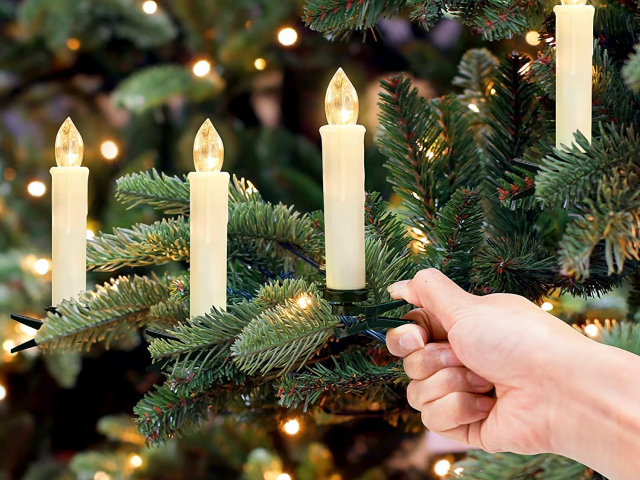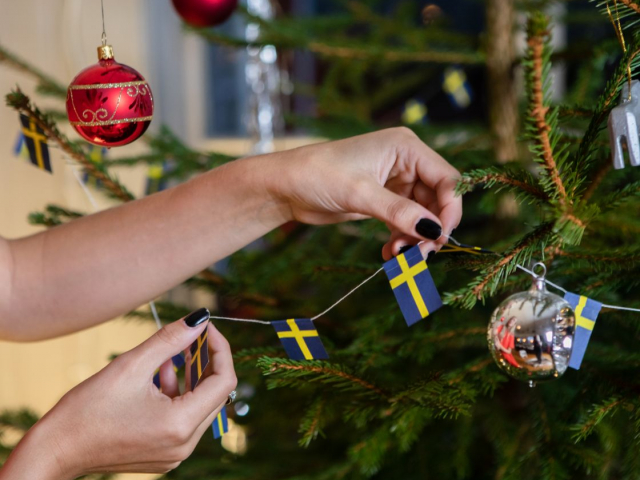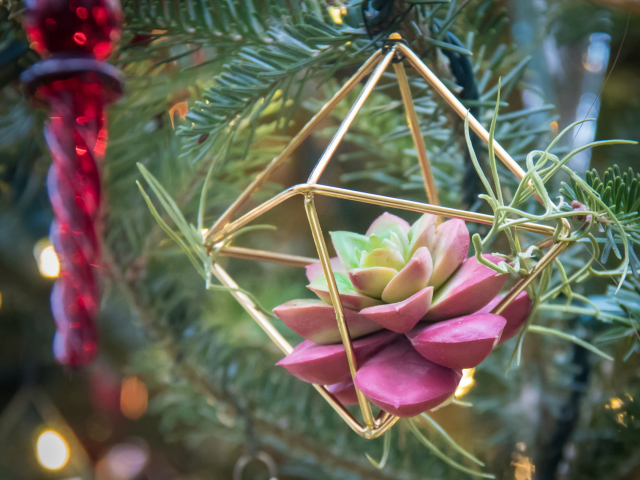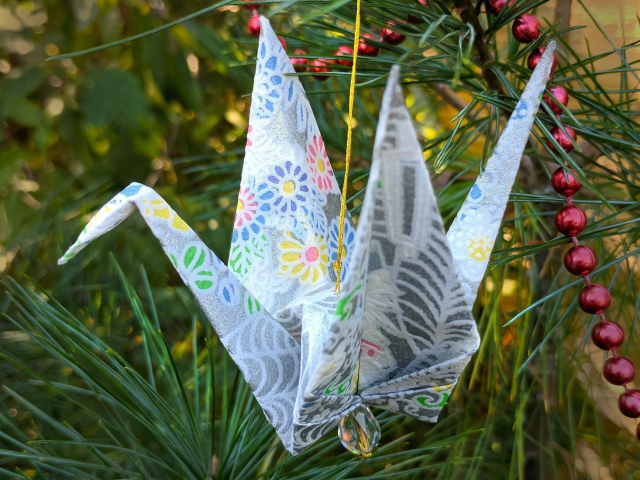Australia
In Australia, tree decorations reflect the country’s climate and nature. Instead of snowflakes and icicles, Australians often hang beach-themed ornaments like flip-flops. This decor represents the warm weather, as families enjoy the beach rather than gather by the fireplace. Kangaroo figurines are also popular decorations, symbolizing the unique wildlife of the continent.
Germany
In Germany, it is customary to decorate the Christmas tree with candles. It is said that this tradition began with Martin Luther, the leader of the Protestant Reformation in the 16th century. According to legend, he was so captivated by the starry sky while walking in a winter forest that he decided to recreate it for his family. Initially, Germans used real wax candles, but over time, to prevent fires, they replaced them with electric lights.
United States
In the US, the tradition of decorating the tree with popcorn garlands dates back to the 19th century. It is believed that this custom originated from farmers who placed popcorn on trees to feed birds and wildlife during winter. Families used to popcorn during the holidays, thread it on strings, and decorate their trees. Today, artificial popcorn garlands made of plastic or paper have become more common and practical.
Sweden
In this Scandinavian country, Christmas trees are decorated with flag garlands painted in the colors of the Swedish flag. These decorations reflect the Swedish people's love for their homeland. The garlands are often handmade, adding a cozy and warm feel to the holiday. Some families also hang ornaments painted with the flag, further enhancing the patriotic spirit and national flavor of the celebration.
Finland
In Finland, Christmas trees are decorated with himmeli, delicate ornaments made of straw. These decorations symbolize prosperity and a good harvest and are typically crafted in the shape of three-dimensional stars or pyramids. The tradition of making himmeli dates back to the 17th century. In the past, they were hung from ceilings in homes or barns to ensure a year of abundance for the household.
Japan
In Japan, origami – folded paper figures – are often used as Christmas decorations. This tradition began in the early 20th century when Japan started adopting Western customs, blending them with its cultural heritage. Origami, which dates back to the 7th or 8th century, holds a significant place in Japanese culture. Today, Japanese Christmas trees are commonly adorned with paper cranes, symbolizing longevity and happiness.
Denmark
In Denmark, Christmas trees are decorated with julehjerter, heart-shaped ornaments made of paper. These decorations are typically crafted from red and white paper and filled with sweets like candy or nuts. In the past, julehjerter symbolized home comfort and prosperity, as well as love and friendship. They were often given to loved ones during the holidays or even without a special occasion.
-
Grand Choice
Contest by
InstaForexInstaForex always strives to help you
fulfill your biggest dreams.JOIN CONTEST -
Chancy DepositDeposit your account with $3,000 and get $10000 more!
In January we raffle $10000 within the Chancy Deposit campaign!
Get a chance to win by depositing $3,000 to a trading account. Having fulfilled this condition, you become a campaign participant.JOIN CONTEST -
Trade Wise, Win DeviceTop up your account with at least $500, sign up for the contest, and get a chance to win mobile devices.JOIN CONTEST







 275
275 7
7











